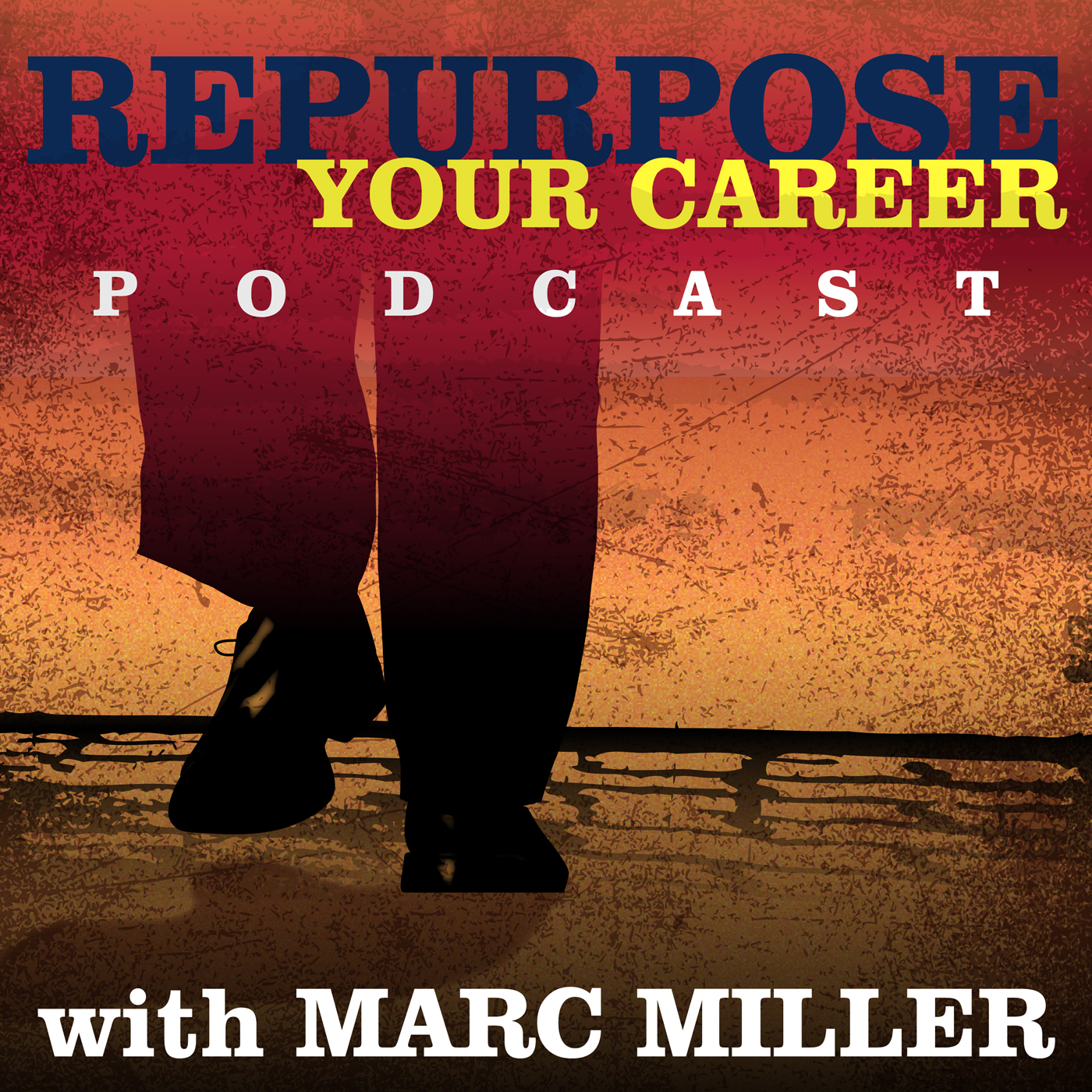Dealing with Disruption Superpower
 Everyone these days is dealing with disruption due to the pandemic. Please listen to my podcast episode with Glenn Zweig called How to Switch Industries from Executive Search Consultants Perspective [Podcast]. You will hear him say the way to switch industries is to focus on how we dealt with disruption in our careers.
Everyone these days is dealing with disruption due to the pandemic. Please listen to my podcast episode with Glenn Zweig called How to Switch Industries from Executive Search Consultants Perspective [Podcast]. You will hear him say the way to switch industries is to focus on how we dealt with disruption in our careers.
I am going to ask you to reflect on your career and look at how you dealt with:
- Disruption in business practices
- Disruptive technologies
Having worked in technology most of my career, I now realize that I have dealt with all three throughout my career. In fact, I was injecting disruptive concepts when I taught high school math in 2004-2006 without evening knowing it.
Some of the stories go back 20-30 years but they are as relevant today as they were back then.
Dealing with Disruption – Business Practices
In 1992, I was working for IBM in a technology transfer group responsible for training software partners on the latest software releases for the RS/6000 platform.
In the middle of 1992, IBM cut a deal with the French computer manufacturer, Groupe Bull to be an OEM (original equipment manufacturer) supplier of the RS/6000 buy under the Groupe Bull label. To the best of my knowledge, this was the first product where IBM was going to let another company sell their product under their own private label.
As we know, this is incredibly common today but was unheard of 30 years ago in the computer industry.
This was an extremely disruptive business process change. Three days after François Mitterrand, the French President signed the agreement, (Groupe Bull was 50% owned by the French government), I had a large contingent of French, German and English software and hardware developers in Austin to be trained on the platform.
YIKES! I was in charge.
We had no processes to allow outside developers access to what was referred to as IBM Confidential materials, much less get them badges to get them in and out of the buildings.
Listen to the most recent episode


Marc Miller
Discover the Perfect Destination for Your Retirement or Remote Work Abroad #337
I Learned I Could Think on the Fly
I had a curriculum that my team could teach for the first week but that was it. During that first week, we huddled with many of the lead developers and others on what they needed. We were in completely unchartered territory.
What we came up with was to schedule sessions with IBM architects and developers which we would videotape. This was 1992 so we had to access a vendor who came in with their Betamax recording equipment.
We then asked the developers to bring work with them and gave them total access to our software developer porting center, which was a series of rooms with servers where they could work on projects. We had support personal available to help them. Today this could all be done virtually.
Construct a Story
What I would do now is take this story but move it into the year 2021. Today, I would have brought a much smaller contingent of people to Austin, however, I would do much the same things but in a mixed media environment.
I would explain what the issues were which including helping some bruised egos heal as the Bull developers had their hardware projects canceled to be replaced by the IBM products. We also had to build rapport at the highest levels that the decision for Groupe Bull was the right one. Plus, I had to cut a lot of corners in the then incredible IBM bureaucracy, knowing if I got caught I would beg for forgiveness and be that much more careful next time not to get caught.
I always did what was legally, ethically, and morally right but sometimes violated IBM policies. By the way, the following year when IBM came within a week of declaring bankruptcy most of the policies disappeared rapidly.
Have you had a similar experience in dealing with disruption in business practices? Take the story and learn to tell it and then what would you do today!
Dealing with Disruption – Disruptive Technologies
I have had many experiences with disruptive technologies.
In the 1980s, I was pulling drafting boards away from mechanical engineers and putting them on large Computer-Aided Design (CAD) displays attached to what was then a large IBM mainframe. That was quite an experience watching some of my older customers struggle in making the transition. Similarly how drawings were stored and distributed moved from paper to electronic formats.
I have numerous other stories of implementing early word processors to HD video conferencing. However, the story I will tell you is actually quite simple.
In 2004-2006, I made a career pivot to teaching high school math after having a near-fatal bicycle accident.
The Magic USB Stick
I entered a high school in 2004 and was amazed at how technologically backward it was. I went from teaching engineers in the People’s Republic of China using leading-edge training technologies to using transparencies on overhead projectors. When I would ask another teacher for help, the magic folder came out full of handwritten pages of paper and transparencies. YIKES.
What I did was take those materials, type them up in MS Word or just scan them on an HP Copier/Printer/Fax machine that I paid for and put in my classroom. Fellow teachers had never thought of doing something that saved them miles of walking when they just needed a few copies. All of the materials I created I put on a small USB memory stick that was attached to my key ring. You always needed your keys with you to get back into your classroom.
When I would walk into another teacher’s classroom to return their folder they would ask if they could have what I created. I of course said ‘yes’ and would hand them the USB memory stick. 99% of them looked at me with amazement and after I showed them how to use it they were internally grateful. They now could move their materials easily from school to their home computers.
Within 6 months every teacher in our math department had a USB memory stick. The amount of sharing of materials exploded all because I introduced a very simple technology.
Construct a Story
I would now construct a story around introducing technology to a technophobic audience. I did not tell people to use it but I demonstrated how this can work and let them make the decision. It was peer pressure from the teachers who had adopted the technology who helped hold out teachers to adopt the technology.
Today, I would have implemented this via some form of a shared drive but I would still have had the same adoption issues.
I would discuss how to introduce disruptive technology to an audience that is not receptive to change.
Have you had a similar experience in dealing with disruptive technologies? Take the story and learn to tell it and then what would you do today!
Conclusion
Notice that I chose situations that were from 15 or more years ago but the issues I had with dealing with disruption are directly transferable and I would explain how I would deal with this now.
I have many more stories like these. I have a superpower that I did not even realize I had.
I suspect many of you also have this superpower.
Marc MillerLike What Your Read? Get Career Pivot Insights
Do You Need Help With ...

Check out our Help Center where you have access to 14 different content portals.

